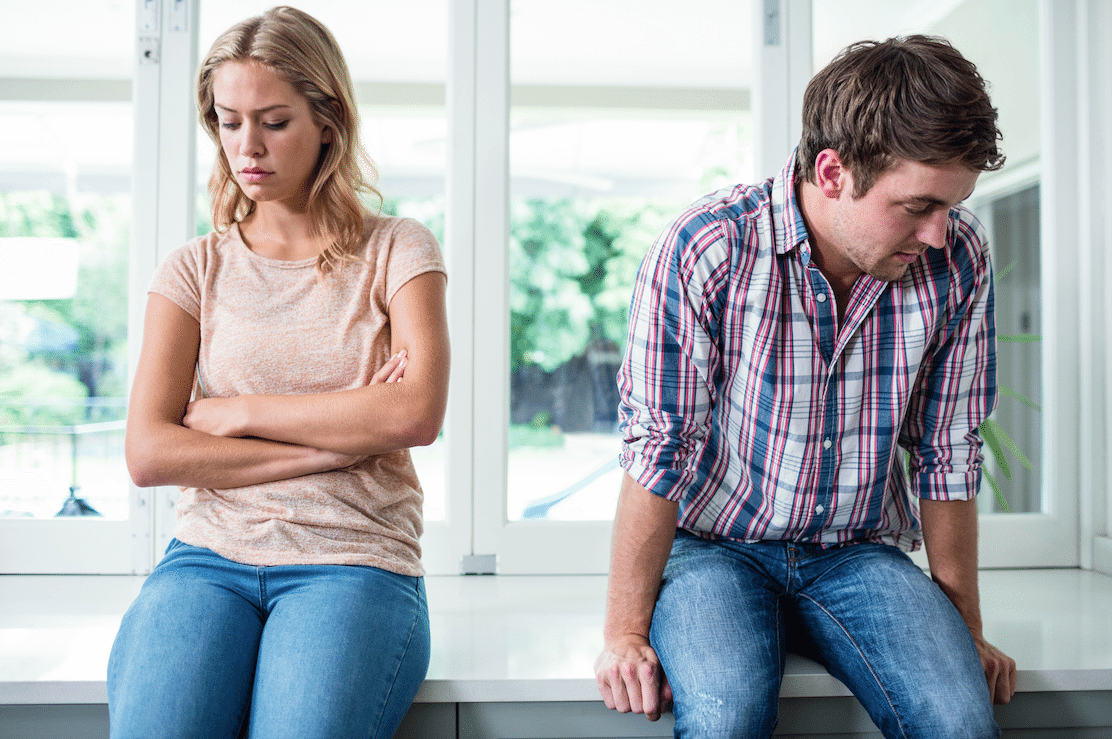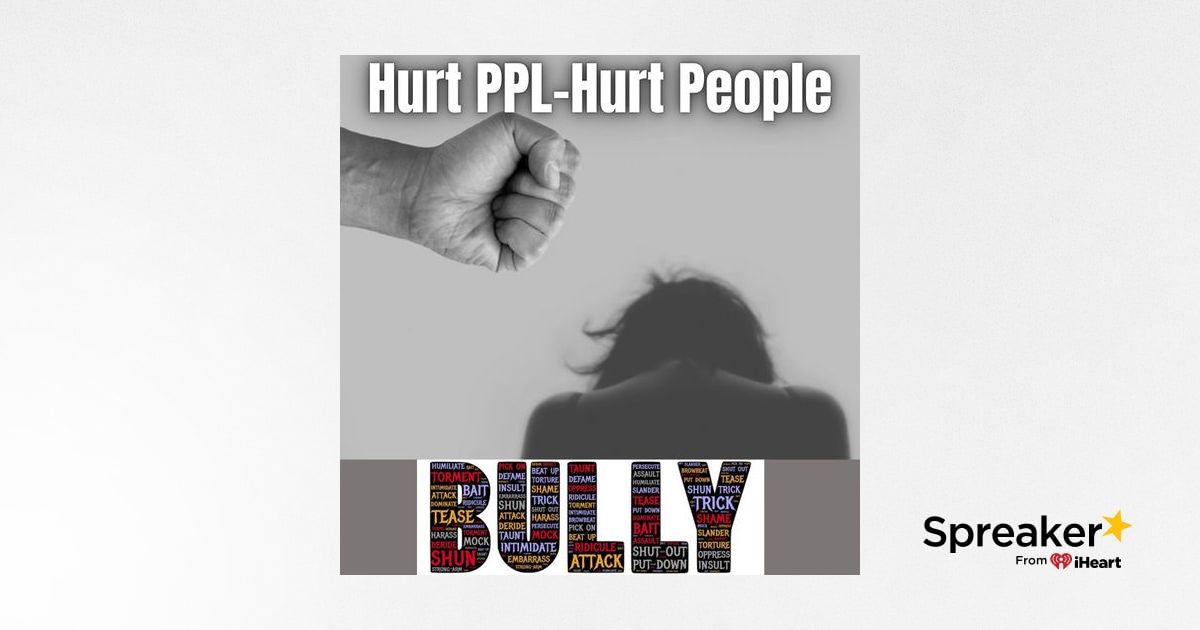Have you ever wondered why hurt people hurt people? It's a question that has puzzled psychologists, therapists, and even everyday folks like you and me. This phenomenon goes deeper than just surface-level emotions; it dives into the very core of human behavior. When someone hurts another person, it's often not because they're inherently bad—it's because they're carrying their own pain, and sometimes, they don't know how else to deal with it.
Imagine this: a person who grew up in an environment where they were constantly criticized, belittled, or even abused. They internalize that pain, and as they grow older, it starts to manifest in their interactions with others. Instead of breaking the cycle, they end up perpetuating it. It's like a domino effect, where one person's pain triggers another's, and the chain continues.
This isn't just a philosophical idea; it's a psychological reality that affects millions of people worldwide. Understanding why hurt people hurt people is crucial if we want to break this cycle and create healthier, more compassionate relationships. So, let's dive into the nitty-gritty of this topic and explore the reasons behind this behavior, backed by research and real-life examples.
Read also:Steve Thorne Pacific Dental A Comprehensive Guide To Your Smile Transformation
What Does "Hurt People Hurt People" Really Mean?
At its core, the phrase "hurt people hurt people" refers to the idea that individuals who have experienced emotional pain or trauma are more likely to inflict pain on others. It's not about intentionally being malicious—it's about not knowing how to process or heal from their own suffering. This concept is rooted in psychology and has been studied extensively by experts in the field.
Think about it this way: when someone is in pain, they might lash out as a defense mechanism. It's like when you touch a hot stove—you instinctively pull your hand away. Similarly, when people are emotionally hurt, they might react in ways that seem aggressive or hurtful because they're trying to protect themselves from further pain.
Now, let's break it down further. Here are some key points to consider:
- Emotional pain can be just as intense as physical pain.
- People who hurt others often have unresolved issues from their past.
- This behavior can create a vicious cycle that's hard to break without intervention.
Why Do People Act Out When They're Hurting?
When someone is hurting, they might act out in various ways. Some might become aggressive, while others might withdraw completely. The reason behind this behavior lies in how our brains process pain. According to research published in the *Journal of Abnormal Psychology*, unresolved trauma can lead to maladaptive coping mechanisms.
For instance, if someone grew up in a household where anger was the primary way to express frustration, they might carry that pattern into adulthood. They might yell or lash out at others when they're feeling overwhelmed because that's what they learned as a child.
Common Triggers for Acting Out
Understanding the triggers that lead to hurtful behavior is essential. Here are some common ones:
Read also:Tamara Miller Atlanta Fulton Library The Heart Of Knowledge In The City
- Unresolved childhood trauma
- Feeling powerless or out of control
- Experiencing rejection or betrayal
- Struggling with low self-esteem
Each of these triggers can lead to a person acting out in ways that hurt others. It's not an excuse, but it is an explanation. By recognizing these triggers, we can begin to address the root causes of the behavior.
Breaking the Cycle: How to Stop the Pain
Now that we understand why hurt people hurt people, the next question is: how do we break the cycle? It's not easy, but it's definitely possible. The key lies in healing and self-awareness. When people start to understand their own pain and learn healthy ways to cope with it, they're less likely to hurt others.
Here are some strategies that can help:
- Seek therapy: A trained therapist can help individuals work through their trauma and develop healthier coping mechanisms.
- Practice self-compassion: Being kind to yourself is crucial when dealing with emotional pain. It's okay to feel hurt—it's how you respond to it that matters.
- Build a support system: Surround yourself with people who understand and support you. Having a strong network of friends and family can make a huge difference.
The Role of Empathy in Breaking the Cycle
Empathy plays a crucial role in breaking the cycle of hurt. When we understand that someone's hurtful behavior is often a result of their own pain, it becomes easier to approach them with compassion rather than anger. This doesn't mean excusing bad behavior, but it does mean recognizing that everyone is fighting their own battles.
Research from the *American Psychological Association* shows that empathy can lead to more positive outcomes in relationships. When we take the time to truly understand where someone is coming from, we're more likely to find solutions that benefit everyone involved.
The Science Behind Emotional Pain
Emotional pain isn't just a feeling—it's a physiological response that affects our brains and bodies. Studies have shown that emotional pain activates the same regions of the brain as physical pain. This means that when someone is hurting emotionally, their brain is literally processing it as if they've been physically injured.
This scientific understanding helps explain why people who are in emotional pain might act out. Their brains are telling them that they're in danger, even if there's no immediate physical threat. As a result, they might lash out or withdraw as a way to protect themselves.
How Emotional Pain Affects Relationships
Emotional pain can have a significant impact on relationships. When one person is hurting, it can affect how they interact with their partner, friends, or family members. For example, someone who is dealing with unresolved trauma might become overly critical or controlling in their relationships. This can create tension and lead to further conflict.
On the flip side, when both partners in a relationship are aware of each other's emotional pain, they can work together to heal and grow. This requires open communication, trust, and a willingness to be vulnerable.
Real-Life Examples of Hurt People Hurting People
To truly understand this concept, let's look at some real-life examples. These stories illustrate how emotional pain can manifest in everyday situations and how people can work to overcome it.
Example 1: Sarah grew up in a household where her parents were constantly fighting. As a result, she developed a fear of conflict and avoided addressing issues in her own relationships. When her partner brought up a problem, she would shut down or become defensive. Over time, this behavior caused strain in their relationship.
Example 2: John was bullied as a child and struggled with low self-esteem throughout his life. As an adult, he found himself in a cycle of abusive relationships, where he would lash out at his partners when he felt threatened or insecure. It wasn't until he sought therapy that he began to understand the root causes of his behavior and learned healthier ways to cope.
Lessons from These Examples
Both Sarah and John's stories highlight the importance of self-awareness and healing. By recognizing their own pain and taking steps to address it, they were able to break the cycle and create healthier relationships. This is a powerful reminder that change is possible, no matter how deep the pain runs.
How Society Contributes to the Cycle
Society plays a significant role in perpetuating the cycle of hurt people hurting people. From toxic masculinity to cultural norms around expressing emotions, there are many factors that contribute to this phenomenon. For example, boys are often taught from a young age to "toughen up" and not show vulnerability. This can lead to emotional suppression and unhealthy coping mechanisms later in life.
Similarly, societal pressures around success and perfection can create unrealistic expectations that lead to emotional pain. When people feel like they're not living up to these standards, they might lash out or withdraw as a way to cope.
Changing the Narrative
Changing the narrative around emotional pain starts with education and awareness. By teaching children from a young age how to express their emotions in healthy ways, we can help prevent the cycle from continuing. Additionally, promoting mental health resources and reducing the stigma around therapy can make a big difference.
Healing Starts Within
Ultimately, healing starts within each individual. While external factors like therapy and support systems can be incredibly helpful, the real work happens when someone decides to confront their own pain head-on. This takes courage and vulnerability, but it's worth it in the end.
Here are some steps you can take to start your own healing journey:
- Identify your triggers and patterns of behavior.
- Practice mindfulness and self-reflection.
- Seek professional help if needed.
- Surround yourself with positive influences.
The Power of Resilience
Resilience is the ability to bounce back from adversity, and it's a key component of healing. When people develop resilience, they're better equipped to handle emotional pain without lashing out at others. This doesn't mean they won't feel hurt—it just means they'll have healthier ways of dealing with it.
Conclusion: Taking Action to Break the Cycle
In conclusion, understanding why hurt people hurt people is the first step toward breaking the cycle. By recognizing the root causes of this behavior and taking action to address them, we can create a world where emotional pain doesn't have to lead to more pain. Whether through therapy, self-awareness, or societal change, there are many ways to make a difference.
I encourage you to take action today. If you're struggling with emotional pain, don't hesitate to reach out for help. And if you know someone who might be hurting, offer them compassion and support. Together, we can create a more empathetic and understanding world.
So, what are you waiting for? Let's start the conversation and work toward a brighter future for everyone involved.
Table of Contents
- What Does "Hurt People Hurt People" Really Mean?
- Why Do People Act Out When They're Hurting?
- Breaking the Cycle: How to Stop the Pain
- The Science Behind Emotional Pain
- Real-Life Examples of Hurt People Hurting People
- How Society Contributes to the Cycle
- Healing Starts Within
- Conclusion: Taking Action to Break the Cycle


